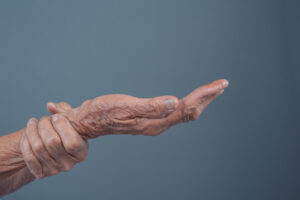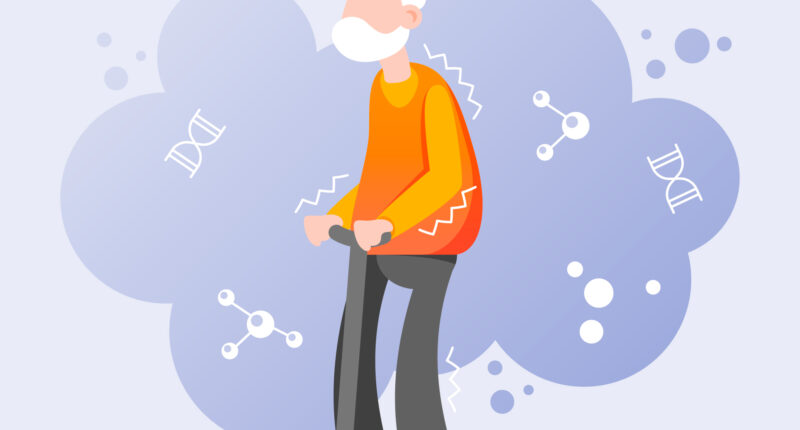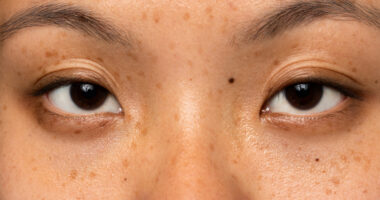Parkinson’s disease is a progressive neurological disorder that affects movement, leading to tremors, stiffness, and difficulty with balance and coordination. It is one of the most common neurodegenerative diseases, impacting millions of people worldwide. In this blog, we will explore the symptoms, causes, and management strategies for Parkinson’s disease, providing valuable insights for patients, caregivers, and those looking to learn more about this condition.
Symptoms of Parkinson’s Disease
The symptoms of Parkinson’s disease typically develop gradually and worsen over time. They can be broadly categorized into motor and non-motor symptoms.
Motor Symptoms:
- Tremors: Uncontrollable shaking, often starting in one hand. Tremors are most noticeable when the hand is at rest.
- Bradykinesia: Feeling sluggish and finding it hard to get things done quickly and easily due to slow movement.
- Rigidity: Stiffness in the limbs and trunk, which can limit the range of motion and cause discomfort.
- Postural Instability: Impaired balance and coordination, leading to frequent falls and difficulty walking.
Non-Motor Symptoms:
- Sleep Disorders: Problems such as insomnia, restless legs syndrome, and rapid eye movement (REM) sleep behaviour disorder.
- Cognitive Changes: Experiencing memory issues, feeling like my thinking has slowed down, and struggling to concentrate.
- Mood Disorders: Depression, anxiety, and apathy are common among people with Parkinson’s disease.
- Autonomic Dysfunction: Issues with automatic body functions, including blood pressure regulation, digestion, and bladder control.

Causes and Risk Factors
The cause of Parkinson’s disease is not known, but it is believed to result from a mix of genetic and environmental factors.
Genetic Factors: While most cases of Parkinson’s disease are sporadic, about 10-15% of cases are linked to genetic mutations. Specific genes, such as LRRK2 and PARK7, have been associated with an increased risk of developing the disease.
Environmental Factors: Exposure to certain environmental toxins, such as pesticides and herbicides, has been linked to a higher risk of Parkinson’s disease. Additionally, a history of head injuries may also increase the likelihood of developing the condition.
Age and Gender: Parkinson’s disease is more common in older adults, with the average age of onset being around 60. Men are about 1.5 times more likely to develop Parkinson’s disease than women.
Management and Treatment
While there is currently no cure for Parkinson’s disease, various treatments and lifestyle changes can help manage symptoms and improve quality of life.
Medications:
- Levodopa:The most effective medication for Parkinson’s disease, Levodopa is converted to dopamine in the brain, helping to control motor symptoms.
- Dopamine Agonists:These medications mimic the effects of dopamine in the brain, offering symptom relief.
- MAO-B Inhibitors:These drugs prevent the breakdown of brain dopamine, prolonging its effect.
Surgical Treatments:
- Deep Brain Stimulation (DBS):A surgical procedure in which electrodes are implanted in specific areas of the brain. Electrical impulses are sent to these areas to reduce motor symptoms.
- Lesioning Surgery:Involves creating lesions in targeted brain areas to alleviate symptoms. This approach is less common due to the success of DBS.
Lifestyle Changes:
- Exercise:Regular physical activity, such as walking, swimming, or yoga, can help improve flexibility, balance, and overall mobility. Exercise also has mood-boosting benefits, which can combat depression and anxiety.
- Healthy Diet:A well-rounded diet abundant in fruits, vegetables, whole grains, and lean proteins is essential for promoting overall health and well-being.Some studies suggest that a Mediterranean diet may be particularly beneficial for brain health.
- Speech Therapy:Speech therapy can help address speech and swallowing difficulties that may arise in the later stages of the disease.
- Occupational Therapy:Occupational therapists can provide strategies and tools to assist with daily tasks, improving independence and quality of life.
Support and Resources
Living with Parkinson’s disease can be challenging, but numerous resources and support networks are available to help patients and their families. Support groups, whether in person or online, offer a great opportunity to connect with others, share experiences, and get valuable advice. Organizations such as the Parkinson’s Foundation and the Michael J. Fox Foundation offer valuable information, research updates, and support services.
In conclusion, while Parkinson’s disease is a complex and progressive condition, understanding its symptoms, causes, and management options can empower those affected to lead fulfilling lives. Staying informed, seeking appropriate medical care, and making lifestyle adjustments can make a significant difference in managing this disease.









